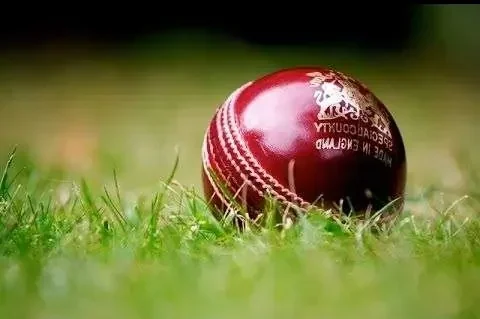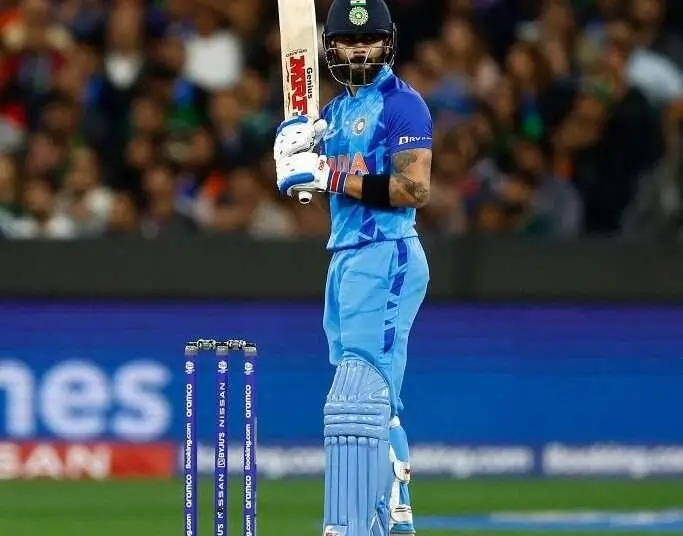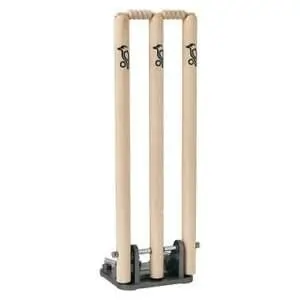Cricket Bat Sizes: Finding the Perfect Fit
Looking for the perfect cricket bat size to elevate your game? Understanding cricket bat sizes is crucial for optimal performance on the pitch. From junior players to seasoned professionals, choosing the right bat size can make all the difference in your batting prowess. Whether you’re playing Test matches or T20s, finding a bat that suits your style and physique is essential. Explore our comprehensive guide to cricket bat sizes, featuring expert advice and recommendations for every format.
Understanding Cricket Bat Sizes
Cricket bat sizes are categorized based on age groups, with specific guidelines to ensure fairness and safety. Additionally, international cricket authorities impose regulations to standardize bat dimensions, including blade thickness and bat length. These regulations aim to prevent extreme bat sizes that could give undue advantages to batsmen.
Bat Size and Performance
The size of a cricket bat has a significant impact on a player’s performance on the field. The right bat size can enhance a batsman’s ability to time the ball, generate power, and play shots with precision, while the wrong size can hamper performance and cause discomfort. For young players, using a bat that is too heavy or too large can affect their batting technique and limit their shot selection. On the other hand, a bat that is too light may not provide the necessary power required to hit boundaries.
It is crucial for players to find a bat that suits their physical attributes, batting style, and the format of the game they play. In Test matches, where patience and technique are vital, batsmen often prefer slightly heavier bats with a larger sweet spot for better control. In limited-overs formats like ODIs and T20s, batsmen usually opt for lighter bats to increase bat speed and facilitate power-hitting.
Discover more: What is the Weight of a Cricket Ball
Blade Shape and Size
The shape and size of the bat’s blade can impact its performance. Different profiles offer distinct advantages, such as better control or more power. The sweet spot, the area on the blade with the most power, is also influenced by the bat’s shape and size.
Handle Types and Grip
The handle is a critical component of the cricket bat, and different handle styles cater to different playing styles. Additionally, the grip plays a role in shot execution and controlling the bat effectively. Cricket bats are made from various materials, with English willow and Kashmir willow being the most common. Each material has its unique characteristics, affecting the bat’s weight, performance, and durability.
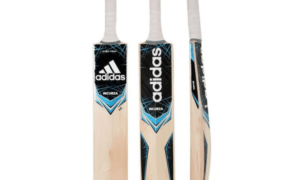
Maintenance and Care
Proper maintenance and care can extend the life of a cricket bat. Regular cleaning and storage in suitable conditions are essential to keep the bat in top shape. For professional players, customizing cricket bats can offer a personalized touch to suit their preferences and playing style. However, custom bats may come with a higher price tag and longer waiting times.
The Evolution of Cricket Bat Sizes
The evolution of cricket bat sizes has been a fascinating journey, reflecting changes in the game’s dynamics and the quest for improved performance. Historically, cricket bats were relatively slender and resembled hockey sticks. As the game progressed, players experimented with bat designs, leading to broader blades and thicker edges.
The shift towards rounder handles from the traditional flat ones also enhanced grip and control. However, it was in the modern era that the most significant changes occurred. With the advent of limited-overs cricket and the rise of Twenty20, batsmen sought to maximize power-hitting. This led to the introduction of larger sweet spots, deeper profiles, and lighter materials, enabling batsmen to clear boundaries with greater ease.
Read about: Which Wood Is Used to Make a Cricket Bat
Choosing the Right Bat for Different Formats
Choosing the right cricket bat for different formats is crucial for any batsman looking to excel in the game. Each format demands a unique approach to batting, and the bat’s characteristics play a significant role in adapting to those demands. In Test matches and first-class cricket, where patience and technique are vital, batsmen often opt for heavier bats with larger sweet spots to handle the red ball’s movement.
One-Day Internationals (ODIs) require a balance between power and control, leading batsmen to prefer lighter bats with thicker edges for aggressive stroke play. In the fast-paced Twenty20 (T20) cricket, where innovation and quick scoring are key, players gravitate towards even lighter bats with larger sweet spots and thicker edges to maximize power-hitting abilities
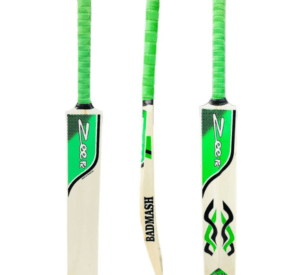
Safety and Protective Gear
Safety and protective gear are essential tools and equipment designed to safeguard individuals from potential hazards, injuries, or harmful situations. They are widely used across various industries, sports, and activities to reduce the risk of accidents and promote overall well-being. Here are some common types of safety and protective gear:
Personal Protective Equipment (PPE)
Safety Harnesses and Fall Protection Equipment
Medical Personal Protective Equipment (PPE)
Firefighting Gear
Sports Safety Gear
Industrial Protective Gear
Cycling Gear
Life Jackets and Personal Flotation Devices (PFDs)
Eye and Ear Protection
Chemical Protective Clothing
The Psychology of Bat Size
The psychology of bat size refers to the psychological and cognitive processes that humans may associate with or attribute to different sizes of bats. It’s important to note that the perception of bat size and its psychological implications can vary depending on individual experiences, cultural backgrounds, and preconceptions.

Conclusion
In conclusion, selecting the right cricket bat size is vital for players of all ages and skill levels. Understanding the various factors that influence bat sizes, such as age, height, playing style, and format, can lead to an informed decision. By choosing the perfect bat, players can elevate their game and enjoy a more rewarding cricketing experience.
FAQs
Q1: What are the different sizes available for cricket bats?
A: Cricket bats come in various sizes, ranging from size 1 to size 6 for junior players and then from Harrow to Long Handle for senior players.
Q2: How do I choose the right cricket bat size for a junior player?
A: To select the appropriate cricket bat size for a junior player, measure the height of the player from the bottom of the feet to the hip. Match the measurement in inches with the corresponding cricket bat size, where size 1 is suitable for players with a height of 4’3″ to size 6 for players with a height of 5’9″.
Q3: What is the ideal weight range for a cricket bat?
A3: The ideal weight of a cricket bat varies depending on the player’s age and skill level. For junior players, the bat’s weight should be around 1lb 12oz to 2lb 7oz, while senior players usually prefer bats in the range of 2lb 7oz to 2lb 12oz.
Q4: Can I use a junior-sized cricket bat for professional matches?
A: No, junior-sized cricket bats are not allowed in professional matches. Players in senior-level games must use full-sized bats, which are Harrow, Short Handle, or Long Handle depending on their height.
Q5: What is the difference between a Short Handle and a Long Handle cricket bat?
A: The main difference between a Short Handle and a Long Handle cricket bat lies in the length of the handle. Short Handle bats have a handle length of around 9 inches, suitable for most players, while Long Handle bats have a slightly longer handle of approximately 10 inches, providing extra reach for tall players.





